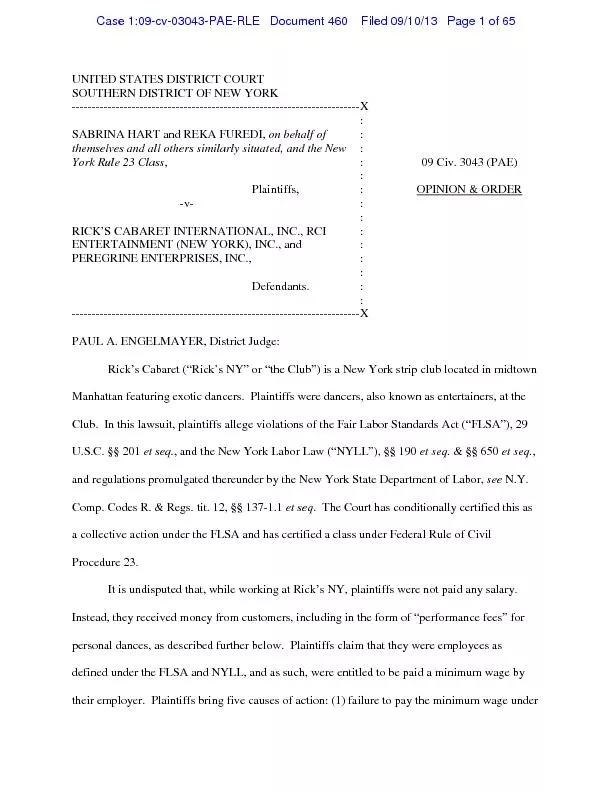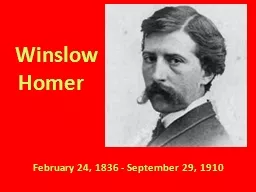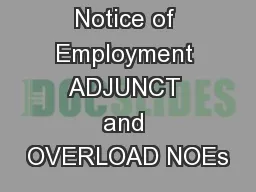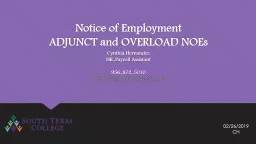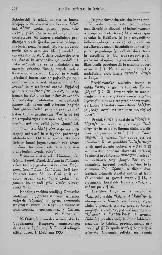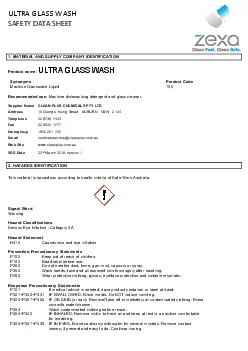PPT-Noé Lugaz, Réka M. Winslow, Charles J.
Author : mentegor | Published Date : 2020-08-05
Farrugia Tarik M Salman Toni Galvin University of New Hampshire and Christina O Lee UCB European Space Weather Week Nov 19 201 9 MultiSpacecraft Measurements
Presentation Embed Code
Download Presentation
Download Presentation The PPT/PDF document "Noé Lugaz, Réka M. Winslow, Charles J..." is the property of its rightful owner. Permission is granted to download and print the materials on this website for personal, non-commercial use only, and to display it on your personal computer provided you do not modify the materials and that you retain all copyright notices contained in the materials. By downloading content from our website, you accept the terms of this agreement.
Noé Lugaz, Réka M. Winslow, Charles J.: Transcript
Download Rules Of Document
"Noé Lugaz, Réka M. Winslow, Charles J."The content belongs to its owner. You may download and print it for personal use, without modification, and keep all copyright notices. By downloading, you agree to these terms.
Related Documents



